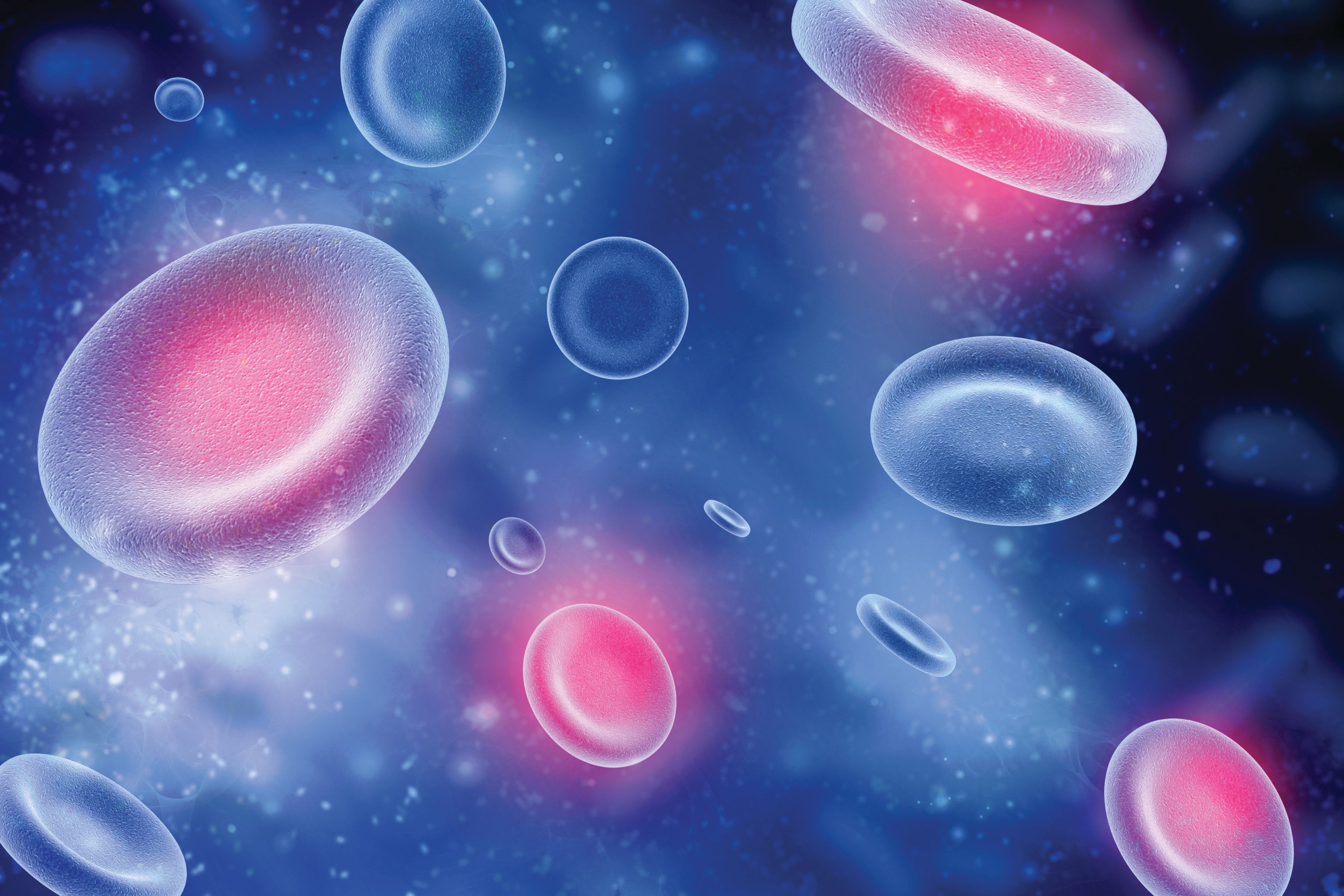
FDA Approves Polatuzumab Vedotin/R-CHP Combo in Previously Untreated DLBCL

Patients with previously untreated diffuse large B-cell lymphoma can now receive polatuzumab vedotin-piiq plus rituximab, cyclophosphamide, doxorubicin, and prednisone following the FDA’s approval of the regimen.
The FDA has granted approval to polatuzumab vedotin-piiq (Polivy) in combination with rituximab (Rituxan), cyclophosphamide, doxorubicin, and prednisone (R-CHP) as a treatment for patients with previously untreated diffuse large B-cell lymphoma (DLBCL), according to a press release from Genentech.1
The approval also includes patients with DLBCL not otherwise specified, or who have high-grade B-cell lymphoma, and who have an International Prognostic Index of 2 or greater.
The approval was supported by findings from the phase 3 POLARIX trial (NCT03274492). Topline data indicated a 27% reduction in the risk of disease progression or death with polatuzumab vedotin plus R-CHP compared with R-CHOP (HR, 0.73; 95% CI, 0.57-0.95; P <.02). In each respective arm, the rates of grade 3 and 4 adverse effects (AEs) were 57.7% vs 57.5%, the rates of serious AEs were 34.0% vs 30.6%, and the rates of grade 5 AEs were 3.0% vs 2.3%. The most common grade 3/4 AEs lymphopenia and neutropenia.
According to findings from the POLARIX trial published in The New England Journal of Medicine, polatuzumab plus R-CHP produced a 2-year progression-free survival (PFS) rate of 76.7% (95% CI, 72.7%-80.8%) vs 70.2% (95% CI, 65.8%-74.6%) with R-CHP plus vincristine (R-CHOP; HR, 0.73; 95% CI, 0.57-0.95; P = .02).2 Additionally, 2-year overall survival (OS) rates were 88.7% (95% CI, 85.7%-91.6%) and 88.6% (95% CI, 85.6%-91.6%) in each respective arm (HR, 0.94; 95% CI, 0.65-1.37; P = .75).
“Patients who were eligible for the [phase 3 POLARIX trial] with [DLBCL] received a benefit across the board from this treatment,” Christopher R. Flowers, MD, MS, FASCO, said in an interview with CancerNetwork® ahead of the approval. “That benefit in [PFS] is a meaningful benefit.”
Flowers, a professor and chair in the Department of Lymphoma/Myeloma and interim division head of the Division of Cancer Medicine at The University of Texas MD Anderson Cancer Center, spoke about what the polatuzumab regimen offers to patients as a first-line therapy option compared with other treatments.
“[There are] other therapies like autologous stem cell transplantation, CAR T-cell therapies, and others that are now available in the second or later line for patients with [DLBCL,]” Flowers said. “Those are approaches that can help to prolong [OS], but those are also approaches that are associated with toxicity. This approach with [polatuzumab plus R-CHP] is a first-line therapy that can cure patients and reduce the need for having any subsequent therapy.”
Investigators of the double-blind, placebo-controlled, international phase 3 POLARIX trial randomly assigned 879 patients 1:1 to either the polatuzumab vedotin plus R-CHP arm (n = 440) or the R-CHOP arm (n = 439). Patients received either regimen for 6 cycles followed by rituximab monotherapy for the next 2 cycles.
The primary end point of the trial was investigator-assessed PFS. Secondary end points included OS, event-free survival (EFS), disease-free survival, and safety.
Patients 18 to 80 years old with previously untreated CD20-positive DLBCL and availability of archival or freshly collected tumor tissue were eligible for enrollment on the trial. Additional eligibility criteria included having an ECOG performance status of 0 to 2, a life expectancy of at least 12 months, and adequate hematologic function.
The 2-year EFS rate was 75.6% (95% CI, 71.5%-79.7%) with polatuzumab plus R-CHP vs 69.4% (95% CI, 65.0%-73.8%) with R-CHOP (HR, 0.75; 95% CI, 0.58-0.96; P = .02). In terms of DFS, patients who received polatuzumab plus R-CHP and had a complete response (CR) as their best response were more likely to have persistent disease remission compared with those who received R-CHOP and had a CR (HR, 0.70; 95% CI, 0.50-0.98).
The most common grade 3/4 AEs in the polatuzumab plus R-CHP and R-CHOP arms, respectively, included neutropenia (28.3% vs 30.8%), febrile neutropenia (13.8% vs 8.0%), and anemia (12.0% vs 8.4%). Overall, 6.2% and 6.6% of patients in each respective arm had AEs leading to treatment discontinuation. Of these patients, 4.4% in the experimental arm discontinued polatuzumab due to AEs, and 5.0% in the comparator arm discontinued vincristine due to AEs.
The
References
- FDA approves Genentech’s Polivy in combination with R-CHP for people with certain types of previously untreated diffuse large B-cell lymphoma. News release. Genentech. April 19, 2023. Accessed April 19, 2023. bit.ly/3N0LiYG
- Tilly H, Morschhauser F, Sehn LH, et al. Polatuzumab Vedotin in Previously Untreated Diffuse Large B-Cell Lymphoma. N Engl J Med. 2022;386(4):351-363. doi:10.1056/NEJMoa2115304
- FDA accepts supplemental biologics license application for Roche’s Polivy combination for people with previously untreated diffuse large B-cell lymphoma. News release. Roche. August 16, 2022. Accessed March 24, 2023. https://bit.ly/3C9QELH
Newsletter
Stay up to date on recent advances in the multidisciplinary approach to cancer.





















































































